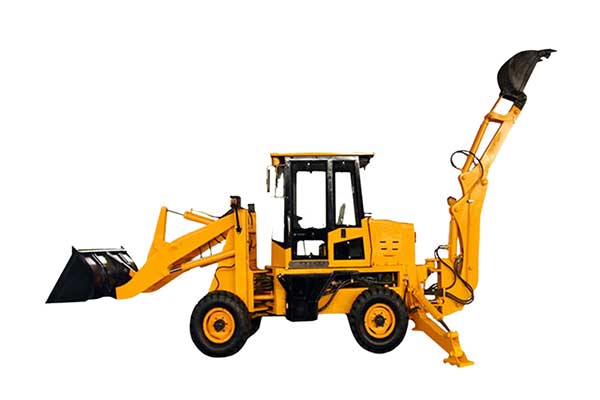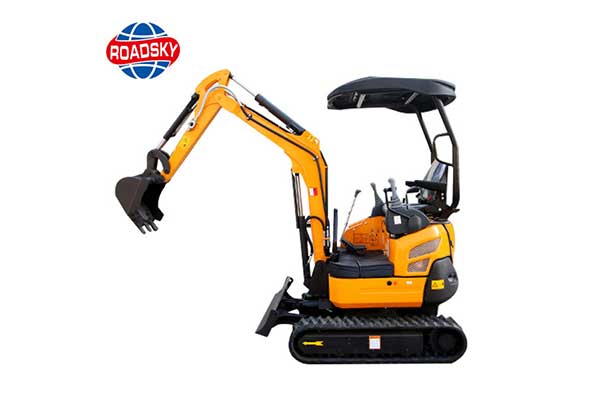Backhoe vs. Mini Excavator: Which is Best for Your Project?
When it comes to earth-moving projects, choosing the right equipment is crucial for efficiency, productivity, and cost-effectiveness. Among the array of options available, backhoes and mini excavators stand out as popular choices for digging, trenching, and landscaping tasks. However, determining which one suits your project requirements best can be challenging. In this article, we’ll delve into the characteristics, capabilities, and ideal applications of backhoes and mini excavators to help you make an informed decision.

Understanding Backhoe:
A backhoe is a versatile piece of heavy equipment typically mounted on a tractor or a dedicated chassis. It consists of a digging bucket on the rear end and a loader bucket on the front. This dual functionality allows backhoes to perform a wide range of tasks, including digging trenches, loading materials, and lifting objects.
Key Features of Backhoes:
- Versatility: Backhoes are known for their versatility, making them suitable for various applications such as construction, landscaping, utility work, and agriculture.
- Maneuverability: With their compact size and articulated chassis, backhoes can navigate tight spaces and work efficiently in confined areas.
- Loader Capability: The front loader bucket of a backhoe enables it to handle tasks like moving soil, gravel, or other materials, adding to its utility on job sites.
- Cost-Effectiveness: Backhoes are often more affordable to purchase or rent compared to larger excavators, making them a budget-friendly option for smaller projects.

Understanding Mini Excavator:
A mini excavator, also known as a compact excavator, is a smaller version of traditional excavators. It is characterized by its compact size, tracked undercarriage, and a hydraulic arm with attachments for digging and trenching.
Key Features of Mini Excavators:
- Precision and Control: Mini excavators offer precise control over digging depths and angles, making them ideal for tasks that require accuracy, such as landscaping and site preparation.
- Access to Confined Spaces: Their compact size and ability to rotate within a small radius enable mini excavators to access tight or hard-to-reach areas, such as residential backyards or urban construction sites.
- Attachments Compatibility: Mini excavators can be equipped with a variety of attachments, including buckets, augers, and hydraulic breakers, enhancing their versatility for different project requirements.
- Minimal Environmental Impact: Due to their lighter footprint and reduced ground disturbance, mini excavators are preferred for projects where minimizing environmental impact is a priority.
Choosing the Right Equipment:
Now that we’ve explored the features and capabilities of both backhoes and mini excavators, how do you decide which one is best suited for your project? Consider the following factors:
- Consider the Scope of Your Project: Assess the specific requirements of your project, including the type of excavation work, site conditions, and space constraints. If you need a versatile machine capable of handling various tasks in open spaces, a backhoe might be the better choice. However, if you’re working in tight or confined areas that require precision digging, a mini excavator could be more suitable.
- Evaluate Budget and Operating Costs: Factor in your budget constraints and long-term operating costs when deciding between a backhoe and a mini excavator. While backhoes may have lower upfront costs, mini excavators could offer better efficiency and cost-effectiveness over time, particularly for projects with space limitations or requiring precise excavation.
In conclusion, both backhoes and mini excavators offer unique advantages depending on the nature of your project. Backhoes excel in versatility and loader capability, while mini excavators are prized for their precision and access to confined spaces. By carefully evaluating your project requirements and considering the features of each equipment type, you can make an informed decision that maximizes efficiency and productivity on your job site.

